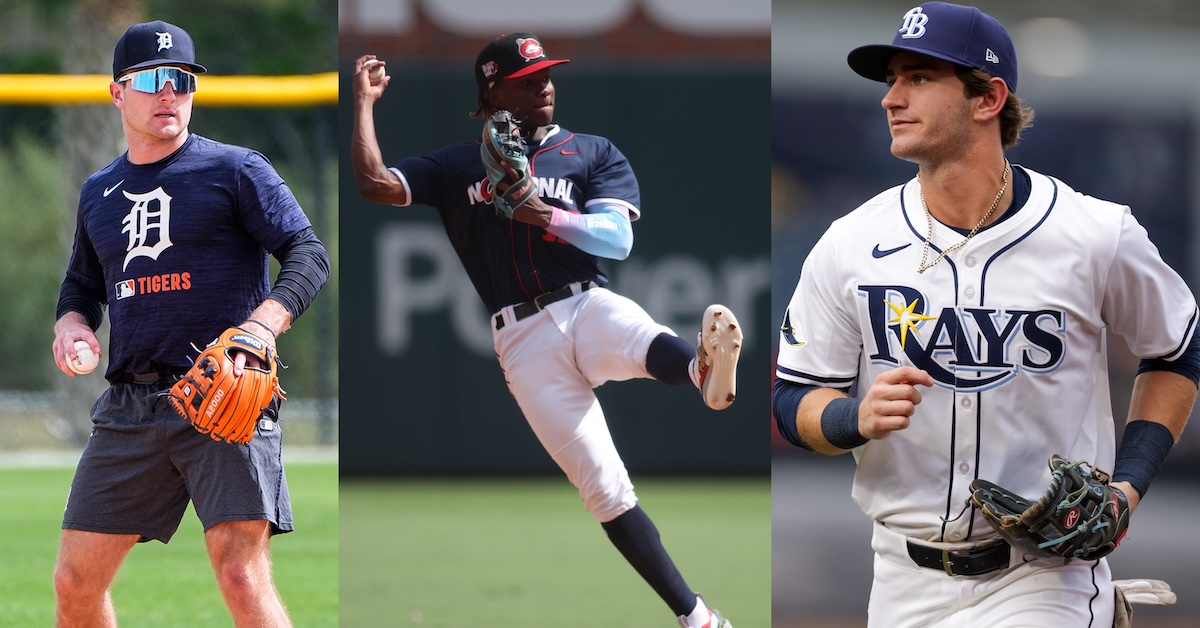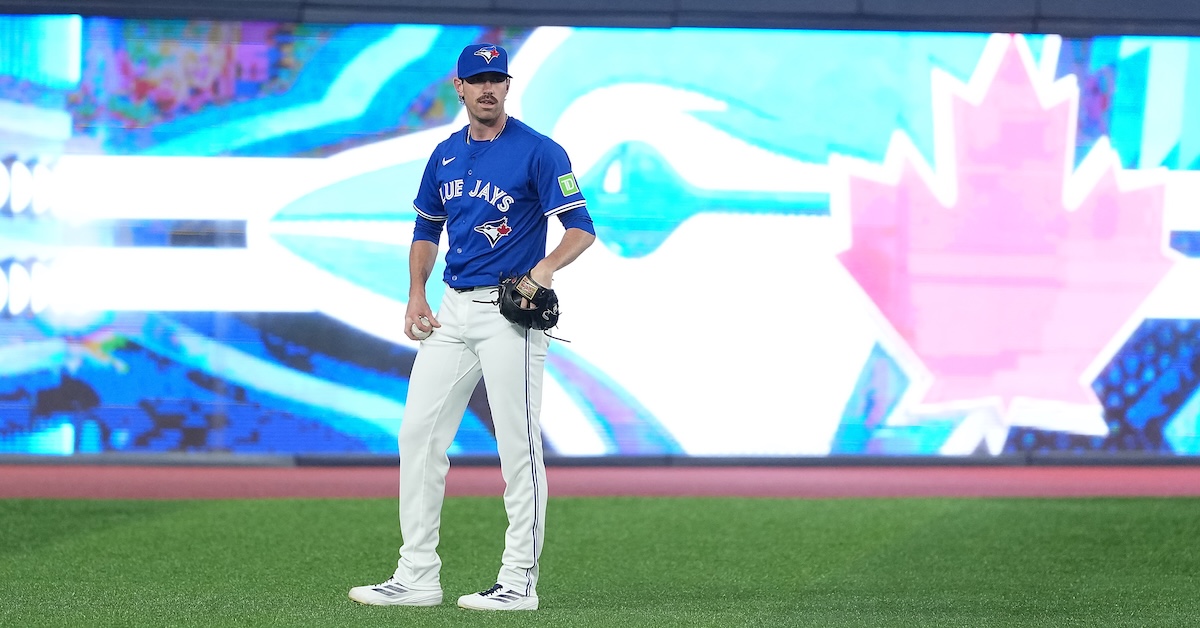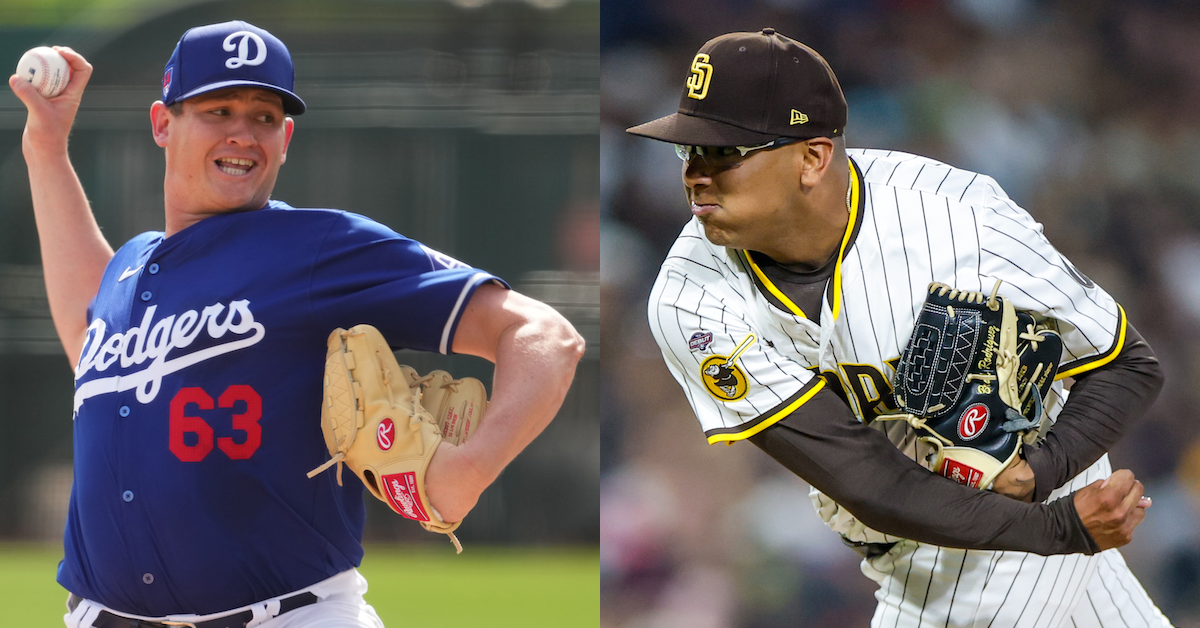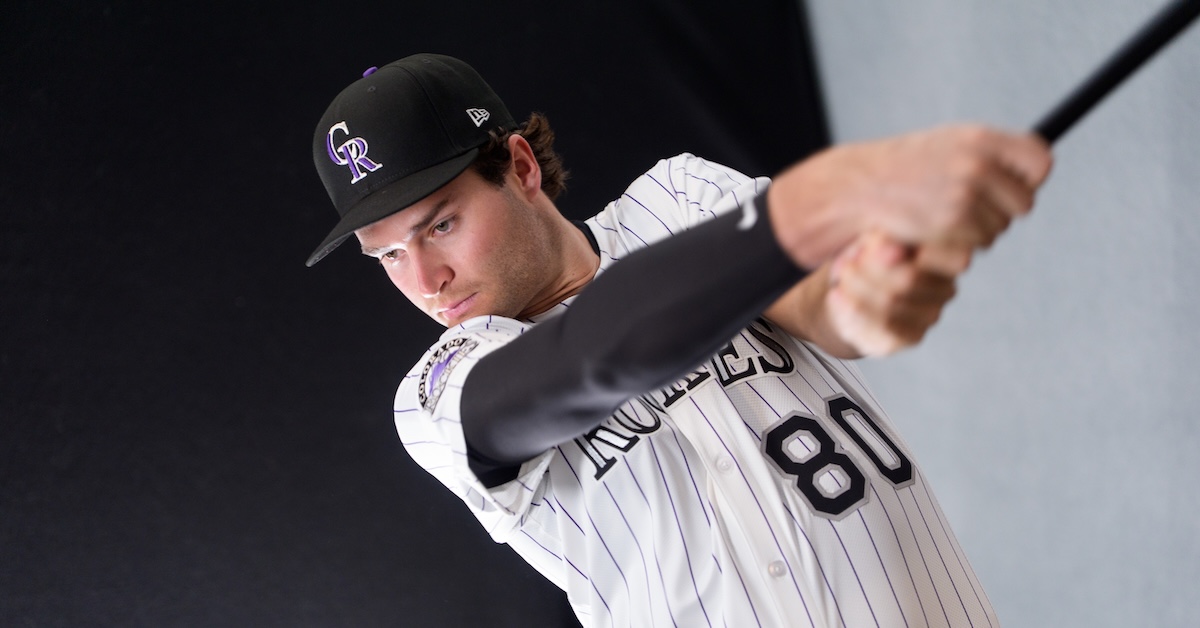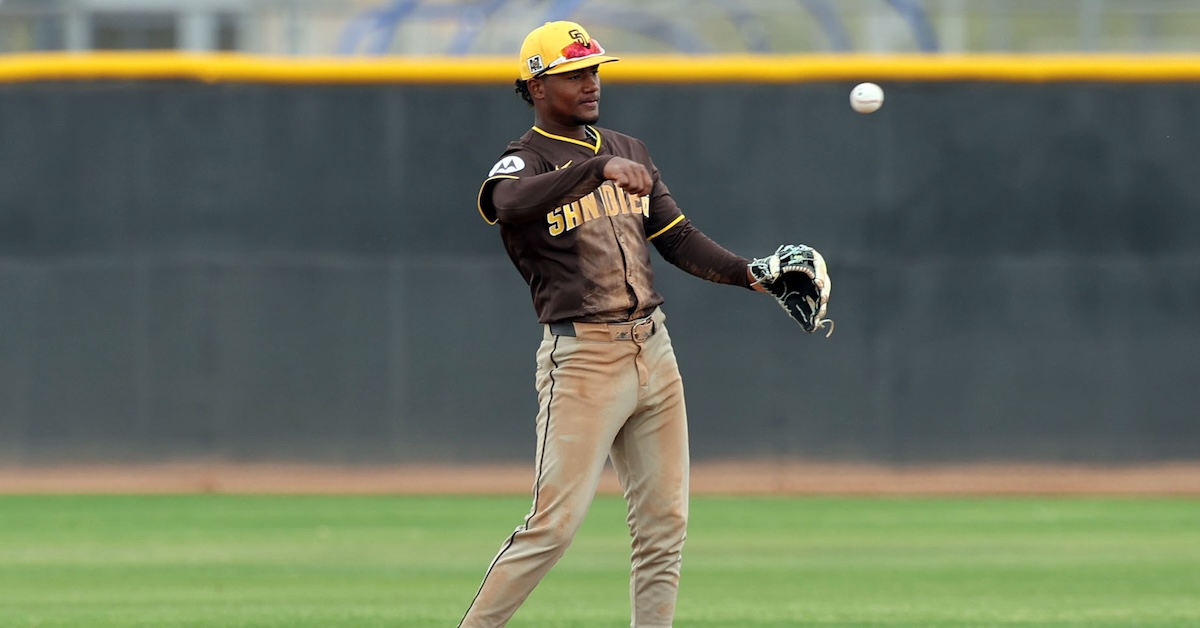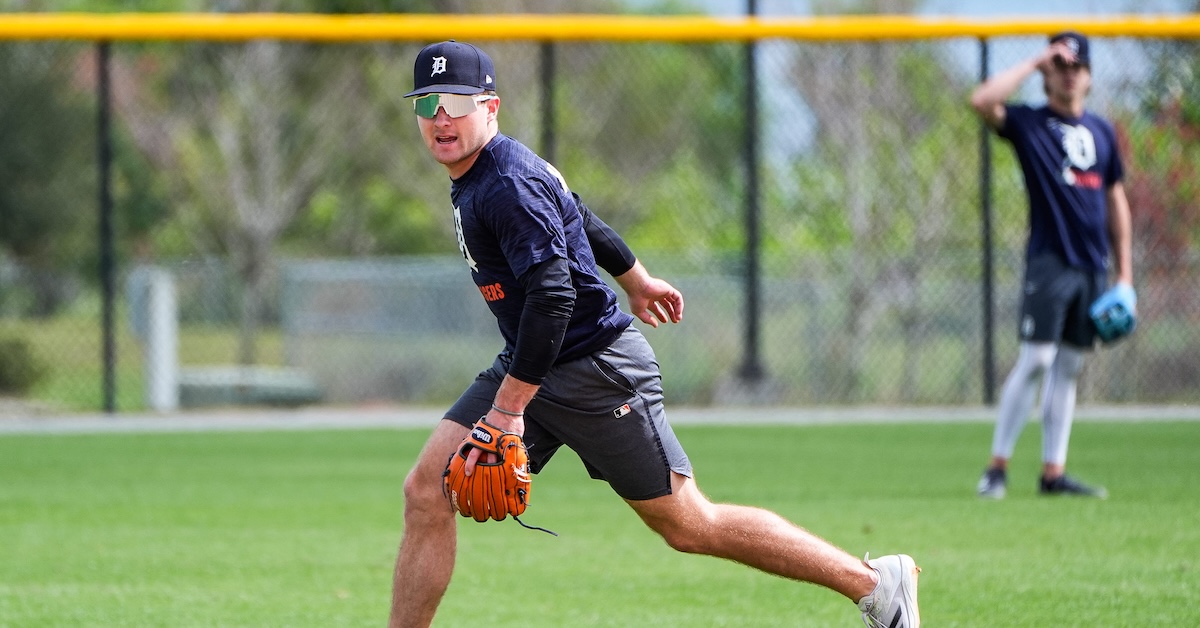Eric Longenhagen Prospects Chat: 8/29/25
| 11:59 |
: Good morning everyone, let’s dive into your questions immediately.
|
| 12:00 |
: Hey Eric, love these chats! We have two exciting SP debuts tonight. If you only could watch Tong or Tolle tonight, which would you choose and why?
|
| 12:02 |
: If you have to pick one (both *matchups* tonight are also incredible, Tolle vs Skenes, Tong vs Eury) I’d go Tolle just because we’ll get to learn more about him tonight than I think we will Tong. Tolle’s power fastball will play, how about the other stuff? How does he approach big league hitters the second and third time through? Tong’s question marks are more going to be answered over longer period because it has to do with him sustaining big stuff at his size.
|
| 12:03 |
: Is Eduardo Quintero really a top 50 prospect like I’ve seen in other publications?
|
| 12:04 |
: That’s rich for me, clearly, or I’d have him in that area.
|
| 12:04 |
: What have your impressions of Cam Cam been this year?
|
